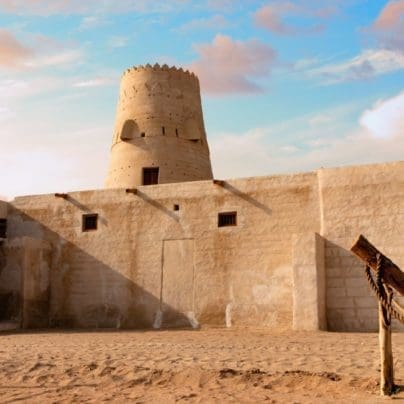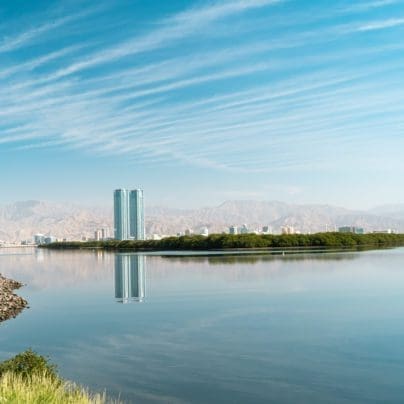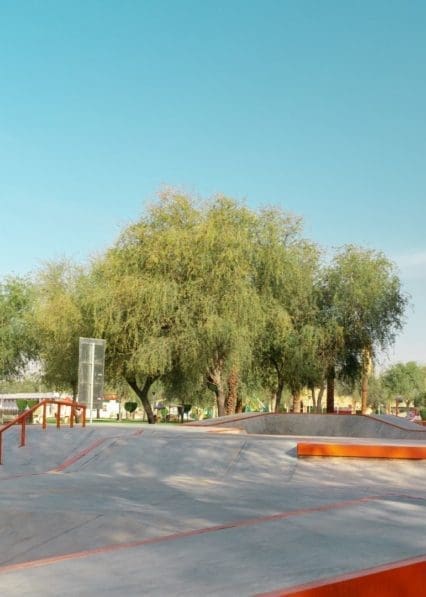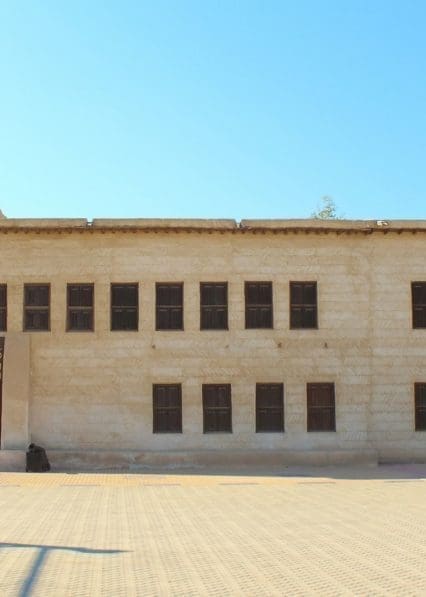RAK NYE
Offers
Be Inspired
Where to stay
Things to do
Plan Your Trip
Luxury Hotels
Beach Resorts
Desert
Mountain Lodges
Family
City
Unique Stays
Romantic Villa Stays
Culture
Adventure
Dining
Nature
Relaxation
Family
Planning Tools
Visas & Entry
About Ras Al Khaimah
Getting Here
Getting Around





















